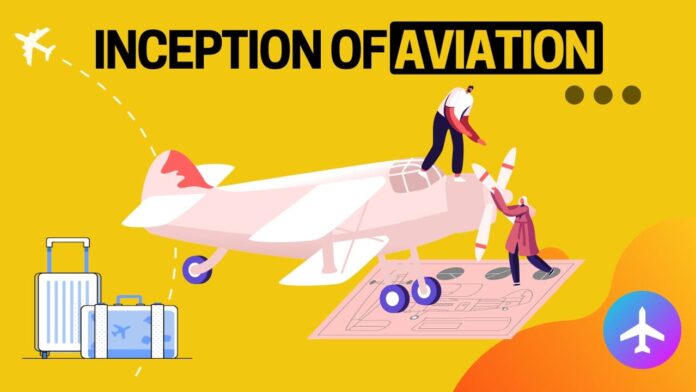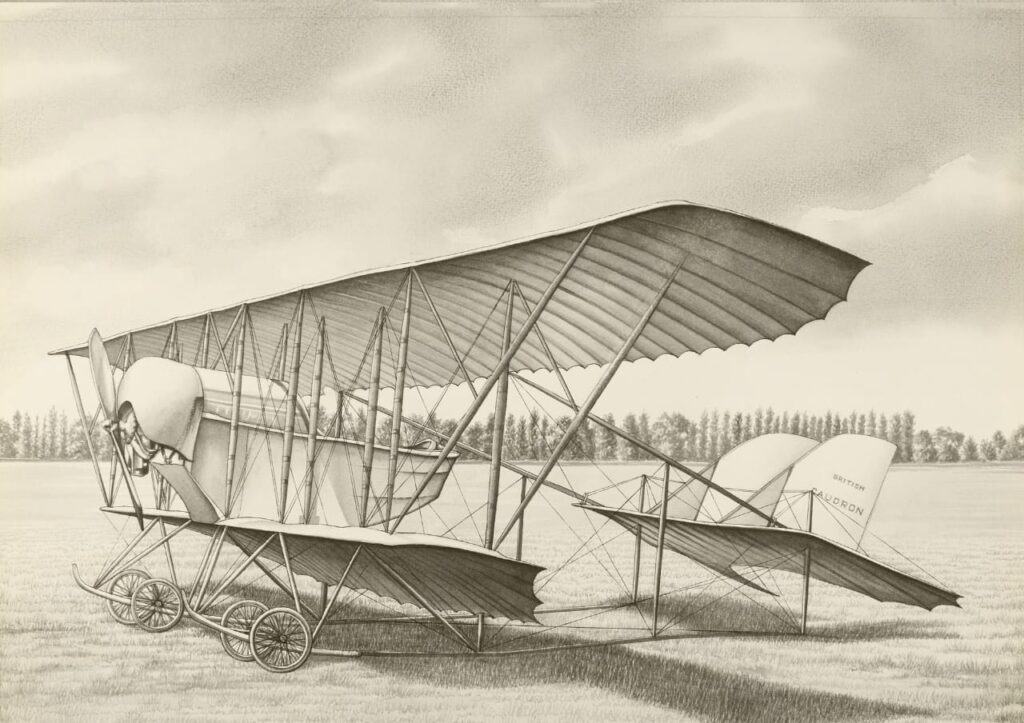In terms of flight, more than thousands of failed attempts by humans to obtain a controlled flight was incredible for hatchlings like us because our biological bodies aren’t designed for flying. Being Sapiens provided us with the ability to absorb, calculate, mimic, imagine, and attempt. The journey was very long. We are still in the middle of evolution, but it is better to go through history so we can learn from our failures.
The journey was started by oblivious dialecticians, philosophers, and many more speculators because all we know about humanity from our scriptures is by the one who thought to collect the thoughts of that era. It will be the hardest decision to consider anyone as the father of aviation, because each contribution, even as a failed one, gave us lessons to improvise the design and methods to fly. There will always be an exception in aviation. In the beginning, it was flight over safety.
Origin
To start with the name, I personally thank George Caley (The Father of Aviation-heavier than air) and Henri Giffard (the Father of Aviation-lighter than air). Heavier than air, aircraft fly with the help of the reaction of air. Lighter than air, aircraft fly with the help of buoyancy.
“Aircraft means any machine that can fly.”
Aviation the term originated from the verb Avier (an unsuccessful neologism for “to fly”), itself derived from the Latin word Avis (“bird”) and the Suffix-ation, a term used by Gabriel La Landelle.
Aviation is not restricted by the study of flying machines, but also uses them as transportation and controls them with modernised computerised intelligence or the old-fashioned way.
Are you the one?
If somebody wants to make a career in aviation, it requires few expectations or standards from their expected colleagues. Maybe because it requires precise decisions in a stressful environment at a sharp time. The one who can be considered an aviator is definitely the Pilot, but the definition includes the Maintenance Personnel and the reason the aircraft becomes airworthy (safe for flight) is because of them.
Which one do you want to be in?
There are a lot of sub-divisions to being an aviator. It can be categorised into two:
The one who is flying and the ground crew who are supporting them to make the flight, with the least chance of getting lost in the planned flight route.
Categorization and Regulation
Aviation categories and regulations have become increasingly complicated as technology has advanced since the Wright Flyer took to the skies for the first time, but these advancements are helping to improve the airworthiness of aircraft, which now has a safety rating of more than 95%, making it safer than ever before.
Most aircraft manufacturers and scientists are trying to make aircraft more and more reliable transportation mediums for Human utility. This advancement also creates challenges for Aviators to get updated with the approved Aircraft Regulation authorities of individual countries. Most countries in the region have established their own Air Regulation Authority, which approves the Airworthiness directives issued by individual Aircraft Manufacturers.
There are numerous well-known airworthiness authority regulations, such as the FAA (Federal Aviation Administration) for the American continent, EASA (European Aviation Safety Agency) for the European Union, CAA (Civil Aviation Authority) for the UK (United Kingdom), DGCA (Director General of Civil Aviation) for India, and many more.
Basic types of aircraft
At the beginning of aviation days, aircraft were divided into two groups:
- Lighter than air
- Heavier than air
Balloons and airships are examples of machines that fly by buoyancy force. All different types of aircraft, which have different methods of control, require individual types of skill sets or types of training for the pilot. The maintenance personnel have to go through individual training and maintenance manuals for the aircraft they have to perform, and the amendments to these manuals whenever the manufacturer finds a need to change them. Sometimes changes are made by the manufacturer, and some of the time the amendments are issued when the operator requests and the aircraft’s performance or improvement is justified.
To know more stories like this, follow AERONEFS



